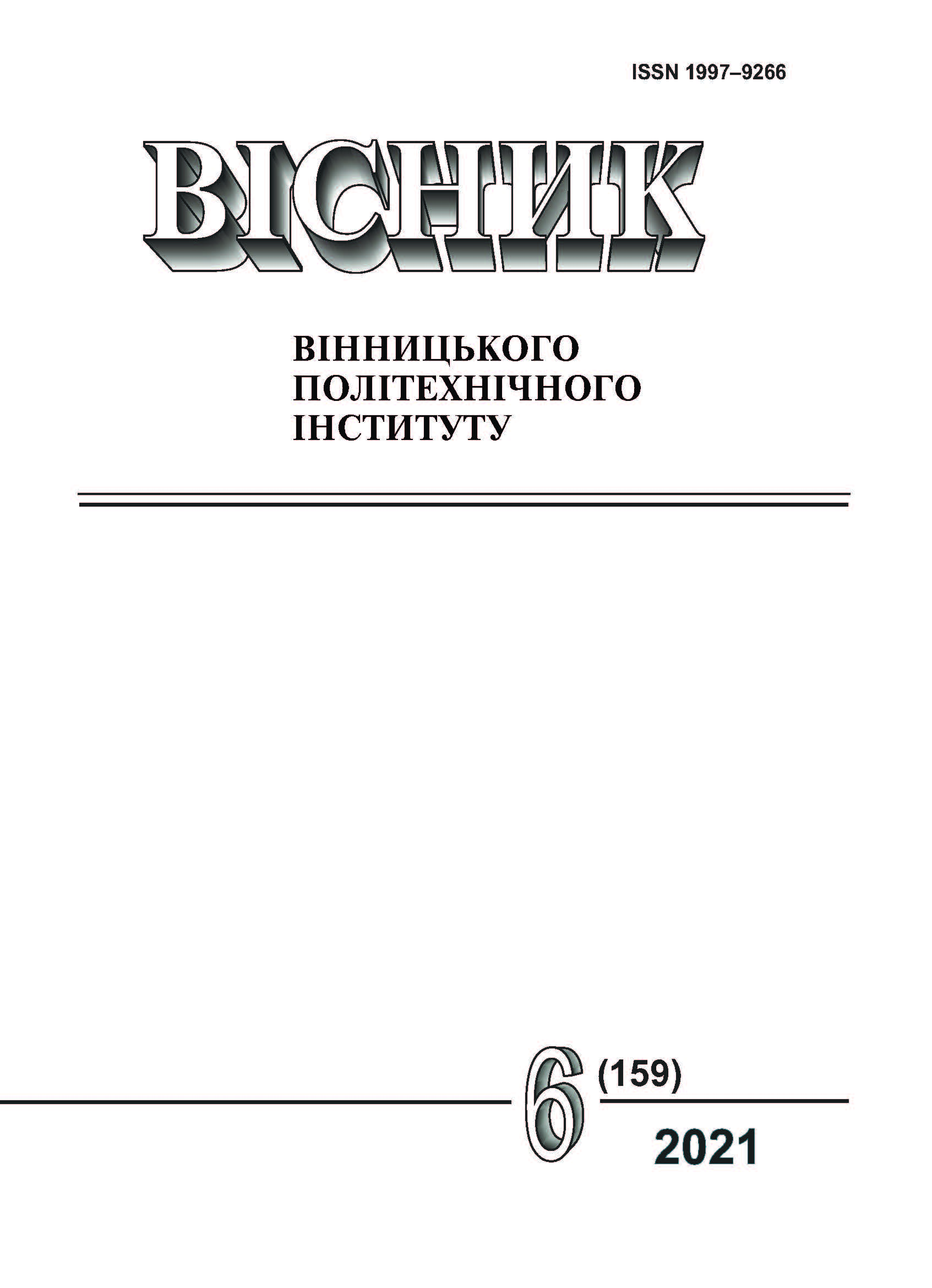Method of Synthesis of a Stable Multi-Connected Cognitive Map of a Complex System
DOI:
https://doi.org/10.31649/1997-9266-2021-159-6-114-122Keywords:
cognitive modeling, cognitive map, stability, adjacency matrix, complex system, water quality, synthesisAbstract
In the article the more effective than analogues method of synthesis of a stable multi-connected cognitive map of a complex system on the basis of a basic stable cognitive map of a smaller order is considered. The peculiarity of this method is that the higher-order cognitive map is designed with a pseudo-triangular adjacency matrix, which is more interconnected than the adjacency matrices used in other similar methods. Such a pseudo-triangular contiguity matrix is designed taking into account the following rules: 1) all elements of the basic cognitive map are elements of the higher order cognitive map, i.e. the contiguity matrix for this higher order cognitive map is built "around" the adjacent cognitive maps were part of the diagonal elements of the higher order cognitive map; 2) the elements of the adjacency matrix of the cognitive map "around" the base cognitive map above or below the main diagonal should be 0, i.e. have the form of a triangular matrix (if you ignore the elements of the base cognitive map, so for such a matrix or rearranging columns and rows.
The paper proves that cognitive maps with pseudo-triangular adjacency matrices that satisfy the above rules will be guaranteed to be stable. The proof is made by using the rules of calculating the determinant of the matrix as the sum of algebraic complements of any column or row and taking into account that the weight of cognitive maps does not exceed 1, by definition.
To prove the efficiency of the proposed method of synthesis of a stable multi-connected cognitive map, the example of successively located sections of the river on the example of the Southern Bug near Vinnytsia was considered. In this example, the peaks of the cognitive map are the concentration of biochemical oxygen consumption in each section of the river, which is a characteristic of the concentration of organic matter in water, and the target peak is the concentration of dissolved oxygen in the closing section of the river affected by pollution. To automate calculations, the Python program was developed as a public laptop based on the famous Kaggle platform. Studies and computer experiments have shown the effectiveness and efficiency of the proposed method.
References
В. Б. Мокін, О. В. Бурдейна, К. О. Коваль, і А. Р. Ящолт, «Метод проектування когнітивної карти для оптимізації профорієнтаційної діяльності ЗВО,» Вісник Вінницького політехнічного інституту, № 3, с. 89-99, Черв. 2018.
В. Д. Романенко, и Ю. Л. Милявский, «Синтез следящей системы управления неустойчивыми импульсными процессами в иерархических когнитивных картах сложных систем,» Теоретичні та прикладні проблеми і методи системного аналізу, № 4, с. 7-13, 2016. http://doi.org/10.20535/SRIT.2308-8893.2016.4.01 .
В. Д. Романенко, и Ю. Л. Милявский, «Обеспечение устойчивости импульсных процессов в когнитивных картах на основе моделей в пространстве состояний,» Теоретичні та прикладні проблеми і методи системного аналізу, № 1, с. 26-42, 2014.
Youngseok Choi1, Habin Lee1, and Zahir Irani, «Big data-driven fuzzy cognitive map for prioritising IT service procurement in the public sector,» Annals of Operations Research, vol. 270, pp. 75-104, 2018.
E. Papageorgiou, and J. Salmeron, «A Review of Fuzzy Cognitive Maps Research During the Last Decade,» IEEE transactions on fuzzy systems, vol. 21, no. 1, pp. 66-79, 2013.
В. Б. Мокін, О. В. Бурдейна, і І. В. Варчук, «До питання оптимізації топологічно спостережуваних когнітивних карт зі збереженням їх стійкості,» Вісник Вінницького політехнічного інституту, № 6, с. 84-92, 2020.
В. Б. Мокін, І. В. Варчук, і Є. М. Крижановський, Інформаційна технологія аналізу та оптимізації топологічної спостережуваності багатозв’язних геоінформаційних систем, моногр. Вінниця, Україна: ВНТУ, 2019, 121 с.
А. З. Гамм, и И. И. Голуб, Наблюдаемость электроэнергетических систем. М., Россия: Наука, 1990, 200 с.
A. N. Montanari, and L. A. Aguirre, «Observability of Network Systems: A Critical Review of Recent Results,» Juornal of Control, Automation and Electrical Systems, № 31, pp. 1348-1374, 2020. [Electronic resource]. Available: https://doi.org/10.1007/s40313-020-00633-5 .
В. В. Булдигін, І. В. Алєксєєва, В. О. Гайдей, О. О. Диховичний, Н. Р. Коновалова, і Л. Б. Федорова, Лінійна алгебра та аналітична геометрія: навч. посіб. Київ, Україна: ТВіМС, 2011, 224 с.
В. Б. Мокін, А. В. Лосенко, і А. Р. Ящолт, «Інформаційна технологія аналізу та прогнозування багатохвильової кількості нових випадків захворювань на коронавірус COVID-19 на основі моделі Prophet,» Вісник Вінницького політехнічного інституту, № 6, с. 65-75, 2020.
V. Rodinkova, V. Mokin, T. Vuzh, and M. Dratovanyі, «Spline interpolation as a way of mapping pollen emission sources,» Aerobiologia, № 37, pp. 695-706, 2021. http://doi.org/10.1007/s10453-021-09707-6 .
V. Mokin, and M. Dratovanyj, Cognitive modeling – River Model BOD-O2. Kaggle Notebook, 2021. [Electronic resource]. Available: https://www.kaggle.com/vbmokin/cognitive-modeling-river-model-bod-o2 .
Downloads
-
PDF (Українська)
Downloads: 146
Published
How to Cite
Issue
Section
License

This work is licensed under a Creative Commons Attribution 4.0 International License.
Authors who publish with this journal agree to the following terms:
- Authors retain copyright and grant the journal right of first publication.
- Authors are able to enter into separate, additional contractual arrangements for the non-exclusive distribution of the journal's published version of the work (e.g., post it to an institutional repository or publish it in a book), with an acknowledgment of its initial publication in this journal.
- Authors are permitted and encouraged to post their work online (e.g., in institutional repositories or on their website) prior to and during the submission process, as it can lead to productive exchanges, as well as earlier and greater citation of published work (See The Effect of Open Access).





